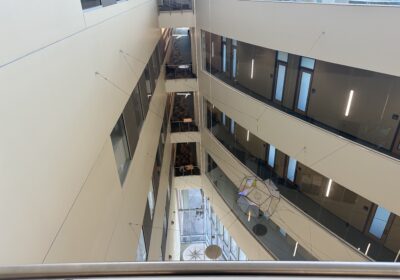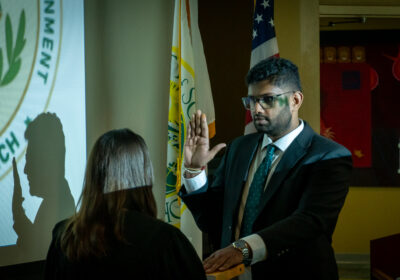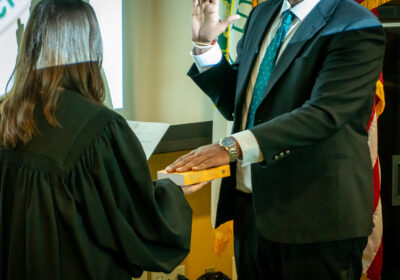USF administration works to increase dwindling black student enrollment

USF admitted its largest freshman class last fall, however, the same could not be said regarding minority students, as there has been a decrease in black student enrollment each academic year since 2017.
Between the fall 2017 semester and fall 2019 semester, there has been a decrease of 174 black students admitted to USF in First Time In College enrollment (FTIC).
Vice President of Student Success Paul Dosal said this trend is connected to options that were added to the application to enroll at USF in 2010, which allowed students to identify as “multiracial” or not identify as a race at all. He said percentages in these categories have been increasing since their implementation.
“Students have identified more and more in those categories. Now we think there’s a relationship,” said Dosal. “We say that in part because we’ve studied data across the state university system in Florida. We’ve seen other universities with the same trends. We think they’re related. It’s hard to prove that though.”
Some students on campus have interpreted the drop in black enrollment a different way. Students for a Democratic Society (SDS) organized a couple of protests last fall in light of the decrease in black student enrollment.
SDS leaders met with the Office of Student Success in December to discuss their concerns.
SDS recommended USF adopt the College Board’s “adversity score” — which is based on a student’s school environment and neighborhood — in the admissions process, but the score was dropped by the College Board last August.
Regardless, Dosal said he agrees with the student protesters that changes should be made.
“We can do a better job of articulating the value and benefits of USF being designated as a preeminent research university,” Dosal said. “That has a tremendous impact.”
Schools from all over the nation come to recruit students in the Tampa Bay area because of its diverse population, according to Dosal.
Growing competition between colleges in the area is what Vice President of the Diversity, Inclusion and Equal Opportunity Committee (DIEO) Haywood Brown thinks is the biggest contributor to the decline in black student enrollment.
“It seems like every time we turn around there’s another university popping up in Florida,” Brown said. “We have to do a better job of showing who we are as an institution.”
As a way to connect with graduating seniors, Brown said that he has been actively working with local high schools around the Tampa Bay area to recruit incoming students.
The DIEO is also working to raise more money for scholarship funds that are specifically for black students, such as the Helios Education Foundation grant. Currently, the grant is worth $2 million and is meant to support 40 students per year, according to the 2020 USF System. The DIEO is trying to increase this funding to $5 million.
Brown’s goal is to increase black student enrollment to 10-12 percent for the FTIC population and 12-15 percent for the transfer student population.
He is also striving for less of a difference between the numbers in these groups, as the amount of FTIC black students is 7.5 percent, which is less than the 13.0 percent of black transfer students, according to USF’s 2019 Equity Report.
“I see this as an opportunity to do better,” said Brown.






